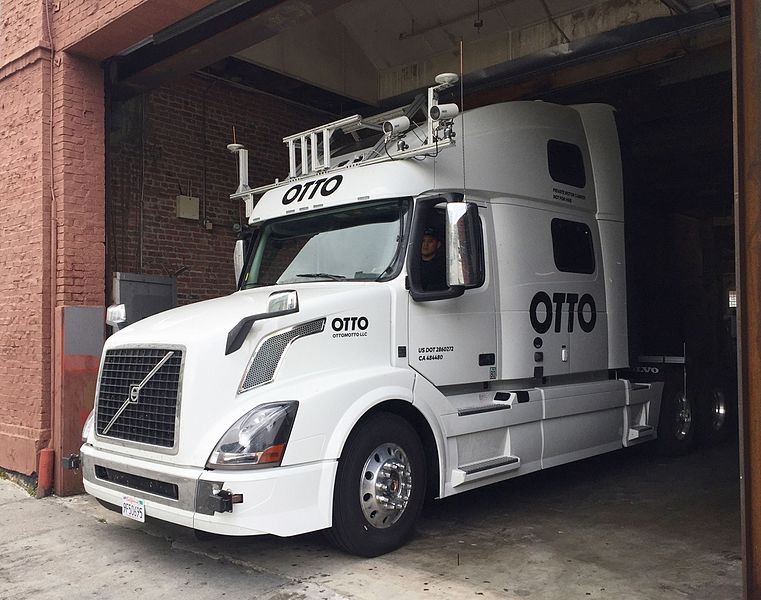
According to the American Trucking Association, there are roughly 3.5 million truck drivers in the United States. There are about 5 million people employed in the trucking industry that aren’t drivers. That’s almost 9 million jobs that form the foundation of the American economy.
Autonomous trucks, or self-driving automation, then would put millions out of work. Understandably, many drivers and potential drivers wonder whether or not this technology is coming sooner rather than later.
While major tech companies and trucking companies show interest in the technology, there are many signs that this technology is decades away. And truck driving will remain a profitable job for many years to come.
Recent Statements by Two Major Players in the Autonomous Truck Field
Waymo, Google’s subsidiary for self-driving cars, and TuSimple, autonomous truck developer, are two of the major players in developing big rigs that drive themselves. The trucking head at Waymo, Boris Sofman, and the founder of TuSimple, Xiaodi Hou, and were invited to speak at the TC Mobility 2020 event.
Because both companies face similar problems in the development of this tech, Sofman (Waymo) and Hou (TuSimple) engaged in a public in-depth conversation about the process of developing autonomous driving technology.
At the start of the conversation, both Sofman and Hou discussed familiar topics, such as the profitability in the trucking industry and the desire of many companies for self-driving vehicles that could run for 24/7.
But once those topics were out of the way, the pair got down to brass tacks in regards to hurdles.
Sofman openly stated “[T]here’s still a really long tail of challenges that you can’t avoid.”
Real World Versus Computer Simulation
The issues mentioned involve the various differences between simulations where data is known versus real world events where chaos is unpredictable. Only truck drivers, not artificial intelligence, are capable of reacting to the many random factors out on a highway.
Consider how often weather reports get their predictions wrong. Then consider that these types of models and predictions could easily result in death out on the road.
And autonoumous trucks don’t have to just predict static situations, they would also have to predict how each driver, car, and object will behave during a simple drive.
Sofman from Waymo stated, ““Even if you have perfect knowledge of the world, you have to predict what other objects and agents are going to do in that environment”.
This is complicated enough on a straight highway, and right now, it’s simply a fantasy to think that an autonomous truck could handle a local route.
The Technology Isn’t Close to Ready
Both representatives at the conference mentioned the fact that many more technological advancements are needed to aid trucks in “sensing” surroundings.
According to Hou, “We’re combining all the different, seemingly useless features together, so that we can reconstruct… the perception of the world”.
Waymo is more optimistic about the technology. Sofman said that their business of developing artificial intelligence for cars to drive on the street is similar self-driving semi-trucks:
“We use the exact same sensors, exact same compute infrastructures, simulation framework, the perception system carries over, very largely, even if we have to retrain some of the models. The core of all of our algorithms are, we’re working to keep them the same.”
Waymo started their self-driving car project in 2009, and we still don’t see hundreds – or even dozens – of autonomous cars on the road. Then think about what is necessary for an 80,000 lbs rig, and we can be sure that this technology isn’t anywhere near ready.
